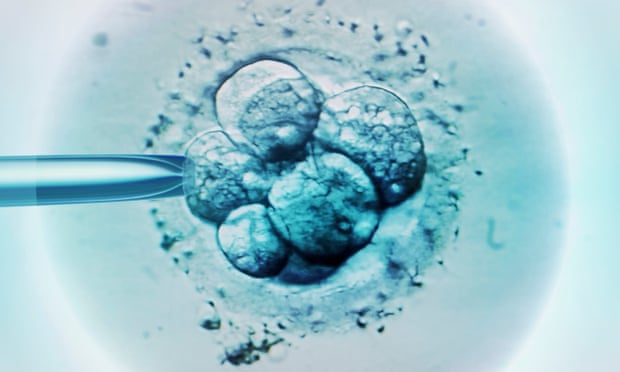A Ban, Not a Moratorium, on Human Embryo Modification
By Tina Stevens and Stuart Newman,
The Berkeley Daily Planet
| 06. 28. 2019
The question of whether embryos can be safely engineered has long been settled: they cannot.
A twin birth in China last October raised ominous questions. The baby girls had been genetically edited as embryos, with the untested methods providing no confidence in healthy outcomes. The subsequent fallout has been confusing: a blue-ribbon group of scientists and ethicists sent a letter to the Secretary of Health and Human Services in late April recommending a moratorium, following a similar call in the scientific journal Nature. In both cases, the door was left open to clinical use if and when relevant stakeholders are satisfied it should proceed. And if the federal government won’t fund it, the tax-payer supported California Institute of Regenerative Medicine (CIRM) could.
When the relevant science (developmental biology) is considered, however, it becomes evident that embryo modification cannot proceed safely. Time-buying measures such as moratoria are simply strategies to deny this reality and enable its eventual implementation. But the question of whether embryos can be safely engineered has long been settled: they cannot. This is clear from experiments on animal embryos, where altered genes are seen to behave in unpredicted ways, and in human...
Related Articles
By Jonathan Matthews, GMWatch | 12.11.2025
In our first article in this series, we investigated the dark PR tactics that have accompanied Colossal Bioscience’s de-extinction disinformation campaign, in which transgenic cloned grey wolves have been showcased to the world as resurrected dire wolves – a...
By Jenny Lange, BioNews | 12.01.2025
A UK toddler with a rare genetic condition was the first person to receive a new gene therapy that appears to halt disease progression.
Oliver, now three years old, has Hunter syndrome, an inherited genetic disorder that leads to physical...
By Simar Bajaj, The New York Times | 11.27.2025
A common cold was enough to kill Cora Oakley.
Born in Morristown, N.J., with virtually no immune system, Cora was diagnosed with severe combined immunodeficiency, a rare genetic condition that leaves the body without key white blood cells.
It’s better...
By Rachel Hall, The Guardian | 11.30.2025
Couples are needlessly going through IVF because male infertility is under-researched, with the NHS too often failing to diagnose treatable causes, leading experts have said.
Poor understanding among GPs and a lack of specialists and NHS testing means male infertility...




